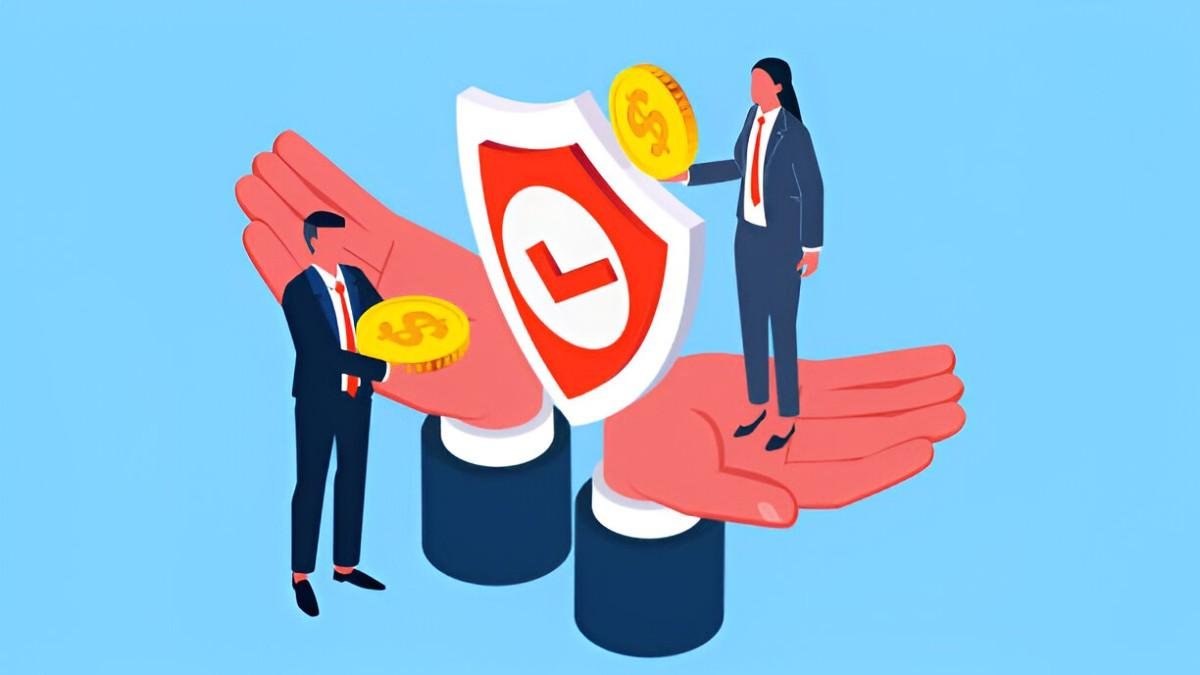Introduction
In my years of working in finance and accounting, I have seen how businesses struggle with balancing cost control and quality. One area that often gets overlooked is prevention costs—the money spent to avoid defects before they happen. Many companies focus on fixing problems after they occur, but this reactive approach drains resources. In this article, I will break down prevention costs, why they matter, and how investing in them leads to long-term savings.
Table of Contents
What Are Prevention Costs?
Prevention costs are expenses a company incurs to reduce or eliminate defects in products or services. These costs come before production, ensuring that errors do not happen in the first place. Think of them as an upfront investment in quality assurance.
Key Components of Prevention Costs
- Employee Training – Educating workers on best practices reduces mistakes.
- Process Design – Developing efficient workflows minimizes errors.
- Supplier Evaluations – Ensuring high-quality raw materials prevents defects.
- Quality Planning – Setting standards and procedures keeps quality consistent.
- Preventive Maintenance – Regular equipment checks avoid breakdowns.
Why Prevention Costs Matter
Many businesses see prevention costs as an unnecessary expense. But I argue that they are an investment. The cost of fixing a defect after production is much higher than preventing it.
The Cost of Poor Quality (COPQ)
The American Society for Quality (ASQ) defines COPQ as the costs linked to providing poor-quality products or services. These include:
- Internal Failure Costs – Defects caught before delivery (rework, scrap).
- External Failure Costs – Defects found by customers (returns, lawsuits).
- Appraisal Costs – Inspection and testing expenses.
Prevention costs reduce both internal and external failure costs.
The Economics of Prevention Costs
Let’s look at the financial impact. Suppose a company spends P on prevention and avoids F in failure costs. The net savings (S) is:
S = F - PIf S > 0, prevention is cost-effective.
Example Calculation
A manufacturing firm spends $50,000 on employee training (prevention cost). This reduces defects, saving $200,000 in rework and warranty claims.
S = 200,000 - 50,000 = 150,000The firm gains $150,000 in net savings.
Prevention Costs vs. Appraisal Costs
Some companies focus on appraisal costs—inspecting products after production. But this is a reactive approach. Prevention is proactive.
| Aspect | Prevention Costs | Appraisal Costs |
|---|---|---|
| Timing | Before production | After production |
| Objective | Avoid defects | Detect defects |
| Cost Efficiency | Higher long-term ROI | Lower long-term ROI |
Real-World Applications
Case Study: Automotive Industry
Toyota’s “Total Quality Management” (TQM) system emphasizes prevention. They invest in worker training and process refinement. This approach has saved them billions in recalls and reputational damage.
Case Study: Software Development
Tech firms use “shift-left testing,” where testing happens early in development. Fixing bugs in the design phase costs far less than post-release patches.
Challenges in Implementing Prevention Costs
Despite the benefits, some businesses resist prevention costs because:
- Short-Term Budget Constraints – Managers prioritize immediate savings over long-term gains.
- Lack of Data – Without tracking failure costs, prevention seems unnecessary.
- Cultural Resistance – Employees may resist new processes.
How to Justify Prevention Costs
To convince stakeholders, I recommend:
- Cost-Benefit Analysis – Show the net savings.
- Benchmarking – Compare with industry leaders.
- Pilot Programs – Test prevention measures on a small scale first.
Final Thoughts
Prevention costs are not just an expense—they are a strategic investment. Companies that prioritize quality assurance see fewer defects, lower costs, and happier customers. The math is clear: spending wisely upfront leads to greater savings down the line.





